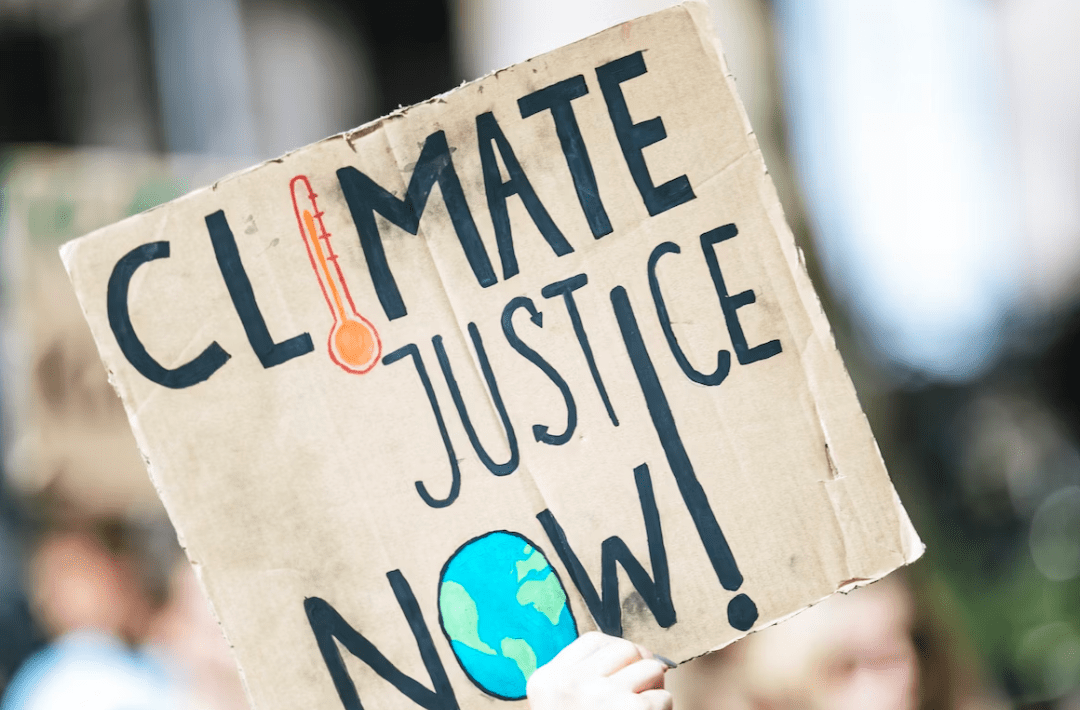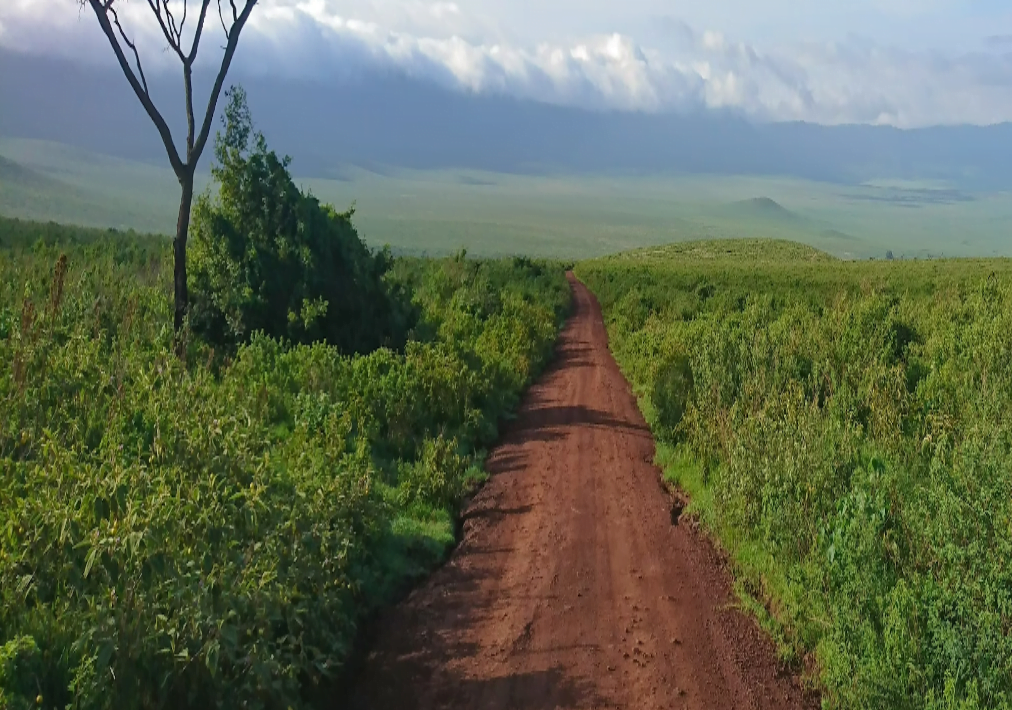
Internal Displacements
by Vincent Diringer
As the world comes to grips with the worsening effects of the climate crisis, there has been a growing discussion about what happens to people who are forced to migrate both internally within their borders, and externally to neighboring nations [1]. Covered previously by Virginia Rafaelli, the relocation of entire populations across borders is an issue that will be challenging governments in the near future – but what of those who are displaced domestically?
On top of political instability, war and natural disasters that have usually contributed to such displacements, the climate crisis has begun to exacerbate them globally. Internal displacements are set to become more frequent as severe weather events compounded by resource scarcity push communities to flee their homes in search of safety elsewhere within the country [2-4]. In 2020, 55 million internally displaced people were recorded in 149 different nations and territories, up from the 50.8 million that had been forced from their homes in 2019 [5, 6].
The Internal Displacement Monitoring Centre (IDMC) warns that the rising number of displaced people has strong implications for both domestic and international policy, and that the misconception that it is a short term issue needs to be dispelled [5]. According to the United Nations’ Guiding Principles on Internal Displacement (GIPD), which describes a set of thirty principles that outline how affected people should be treated, displaced populations should be afforded similar opportunities as other citizens, namely – human rights, education, and protection from discrimination [3].
The GIPD’s principles address every phase of displacement as well as the eventual return of populations back to their homes [3]. As such, the dozens of millions of people who are affected each year by internal displacement can thus rely on the GIPD to outline what support and necessities to expect from their government. Non-governmental and intergovernmental organizations can observe and ensure that the GIPD is being respected, and report on any violations they may find [1, 4].
While these tenets seem basic and easy to respect as internally displaced communities are relocating within their borders, they are more complicated than meets the eye. Any disaster puts strain on an infrastructure. Where disasters were fewer and farther between, enabling governments to deal with the challenges created by this disaster, including those who have been affected and displaced – the continued onslaught of severe weather events is compounding the damage and making an adequate response difficult to maintain [6, 7].
For developing nations with low levels of infrastructure and limited economic power, this represents a worst-case scenario that they have to contend with daily [2, 7]. As such, a lot of emphasis has been put on strengthening the GIPD through international policy or collaborations – such as the Warsaw Mechanism or the Platform for Disaster Displacement [4, 8]. In addition to this, internal and external displacements can be reduced through continued adherence to the Paris Agreement, which calls for adaptation to, and mitigation of, climate change [9].
References:
[1] UNHCR, NDL, “Climate change and disaster displacement”, Taken from: https://www.unhcr.org/climate-change-and-disasters.html, (Accessed 08/07/2021)[2] Vincent Diringer, 2019, “Climate Change & Rising Sea Levels are Claiming Their First Victims: Islands”, Impakter, Taken from: https://impakter.com/climate-change-rising-sea-levels-claiming-first-victims/ (Accessed 08/07/2021)
[3] United Nations, 2004, “Guiding Principles on Internal Displacement”
[4] Alex Randall, NDL, “Six things governments should do about hurricane displacement right now”, Climate and Migration Coalition, Taken from: https://climatemigration.org.uk/six-things-governments-should-do-about-hurricane-displacement-right-now/ (Accessed 08/07/2021)
[5] IDMC, 2021, “Global Report on Internal Displacement 2021”, Taken from: https://www.internal-displacement.org/global-report/grid2021/ (Accessed 08/07/2021)
[6] Liz Ford, 2020, “Record 50 million people internally displaced in 2019, study finds”, The Guardian, Taken from: https://www.theguardian.com/world/2020/apr/28/record-50-million-people-internally-displaced-in-2019-study-finds (Accessed 08/07/2021)
[7] Vincent Diringer, 2020, “The Impact of Climate Change on the Economy”, Impakter, Taken from: https://impakter.com/the-impact-of-climate-change-on-the-economy/ (Accessed 08/07/2021)
[8] UNFCCC, 2016, “Executive Committee of the Warsaw International Mechanism for Loss and Damage associated with Climate Change Impacts”, Technical Meeting Action Area 6: Migration, Displacement and Human Mobility, Taken from: https://unfccc.int/files/adaptation/groups_committees/loss_and_damage_executive_committee/application/pdf/excom_iom_technical_meeting_pillar_2.pdf (Accessed 08/07/2021)
[9] UNFCCC, 2016, “Human Mobility And The Paris Agreement”, Taken from: https://unfccc.int/news/human-mobility-and-the-paris-agreement (Accessed 08/07/2021)



